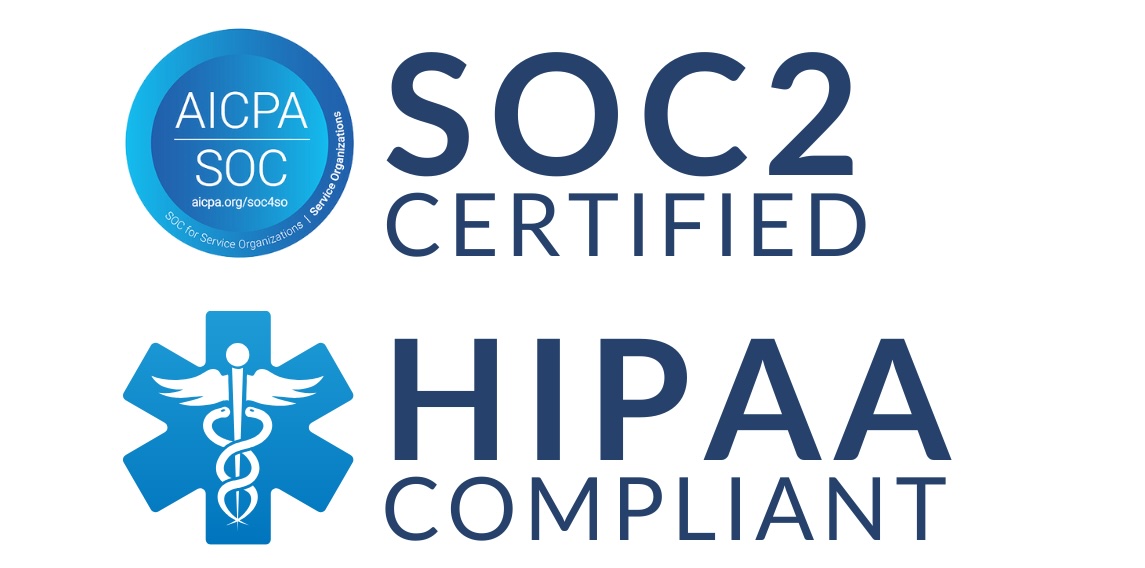Accurate health records are the backbone of safe care, defensible litigation, compliant reimbursement, and high‑quality analytics. Yet studies still show error rates ranging from 7 % to 20 % in routine charts. Below is a practical framework you can follow today—whether you are a physician, attorney, compliance officer, or clinical documentation integrity (CDI) specialist—to catch those mistakes before they cause harm.
1. Collect the complete record set
Pull every source that could hold conflicting information:
- Admission, progress, and discharge notes
- Medication administration records (MAR)
- Lab and imaging reports
- Operative and procedure notes
- Audit logs and metadata
If you are an attorney, request the original exported files plus the audit trail; it may reveal late entries or edits that matter to your case.
2. Learn the structure of the EHR you are in
Different vendors surface data differently (e.g., Epic’s Synopsis vs. Cerner’s iView). Spend five minutes mapping where key data live so you don’t overlook implanted devices or external documents.
3. Build (or download) a standardized error checklist
A simple one‑page list keeps all reviewers consistent. Core headings:
- Patient identifiers (name, DOB, MRN, sex, allergies)
- Timeline (dates, times, sequence of care events)
- Medications (drug name, dose, route, frequency, duration)
- Diagnostics (result values, units, flag values)
- Procedures & consents (documentation, signatures)
- Coding & billing (ICD‑10, CPT/HCPCS, modifiers)
- Authorship (timestamps, attestation statements)
- Copy/paste indicators (“ditto” phrases, outdated vital signs)
4. Start with patient demographics
- Example: A chart lists the patient as “male,” yet pelvic ultrasound is ordered. Confirm sex/gender data; a mismatch can void lab reference ranges and delay reimbursement.
5. Verify medication entries
Look for look‑alike/sound‑alike drugs, dose/MED errors, and missing stop dates.
- Example (Physician): Order reads “Digoxin 0.25 mg daily,” MAR shows “2.5 mg.” That ten‑fold dosing error could have been autopopulated from a default template.
6. Cross‑check laboratories and imaging
- Confirm result units (mg/dL vs. mmol/L).
- Compare the narrative report to discrete result fields—sometimes clerical staff mis‑types a value.
- Example (CDI): Lab panel shows Na 140 mmol/L; discharge summary says “hyponatremia corrected”—flag for clarification.
7. Examine clinical narratives for contradiction
Read H&P, progress, and discharge summaries back‑to‑back.
- Example (Attorney): Day‑1 note says “no head trauma”; Day‑3 neuro consult documents “head injury yesterday.” Audit trail reveals the Day‑1 note was edited after the fact.
8. Audit copy‑and‑paste and template misuse
Red flags include:
- Vitals or pain scores identical for >24 h
- Exam findings unchanged across shifts
- Old device serial numbers following patient after replacement
9. Review coding, billing, and regulatory touchpoints
- Ensure ICD‑10 codes match final diagnoses.
- Look for National Coverage Determination (NCD) edits or local medical policy conflicts.
- Missing Present on Admission (POA) indicators can cost thousands in penalties.
10. Check authorship, signatures, and timestamps
Unsigned orders, forged physician names, or back‑dated entries compromise legal defensibility. Compare electronic signatures to audit‑log creation time.
Role‑specific quick wins
Physicians – Scroll to the MAR first; medication errors are the quickest patient‑safety fix.
Lawyers – Pull the audit log early; late entries can change case strategy.
Compliance teams – Sample 10 charts per DRG every month to catch under‑coding before RAC audits.
CDI specialists – Focus on conflicting comorbidity documentation; they swing reimbursement most.
Real‑world scenario roundup
- Wrong‑side surgery note: Operative report says “left knee,” but consent form states “right knee.” Correct before claim submission and patient harm.
- E‑prescribing allergy override: EHR allowed penicillin despite documented anaphylaxis; automated alert failed due to misspelled “penecillin.”
- Cloned discharge instructions: COPD aftercare pasted into a CHF patient’s chart—payer denies transitional care management code.
- Illegible scanned ECG: Vital for malpractice defense, yet poor scan quality hides ST elevation; request native file from EKG machine.
Next Steps: Try Real‑Time EHR/EMR Audit with WorkDone Health
Manual checks are essential—but modern volumes make 100 % review impossible. WorkDone Health’s real‑time audit engine:
- Monitors every note, order, and result as it is saved
- Keeps 6000+ compliance rules (payors, CMS, AMA, TJC) up to date and checks against them
- Flags inconsistent data or missing elements within seconds
- Provides role‑based dashboards for clinicians, CDI, compliance, and legal teams
- Integrates with Epic, Cerner, Meditech, Athena, and more via standard APIs
See it in action. Schedule a 15‑minute demo to watch WorkDone Health catch your next chart error before it lands in a patient’s care plan, invoice, or subpoena.
Because the best time to find a medical‑record mistake is the moment it happens.



.jpg)